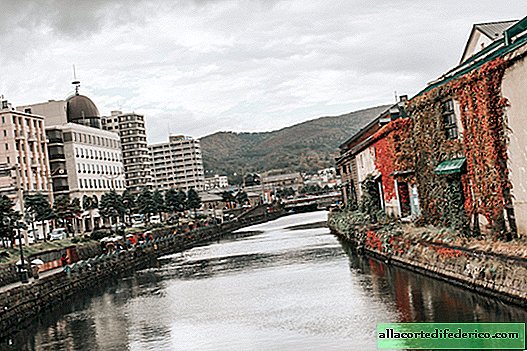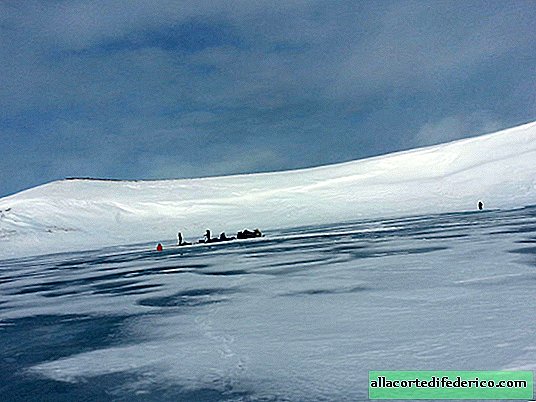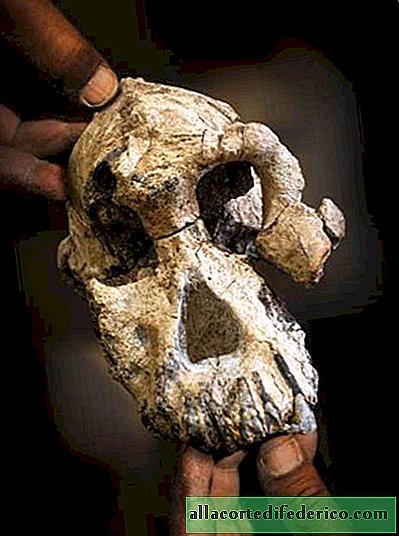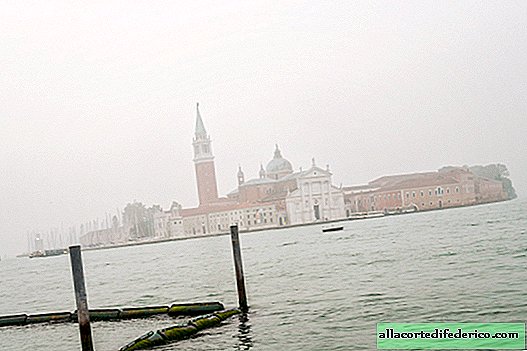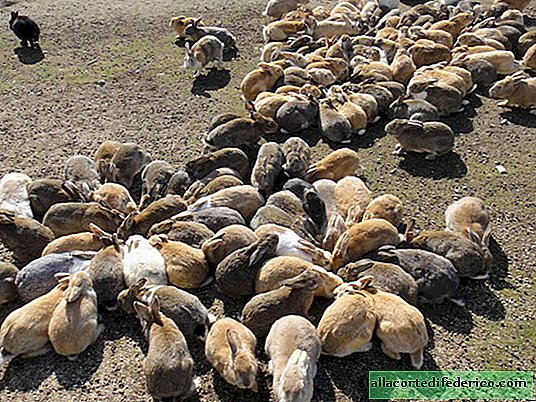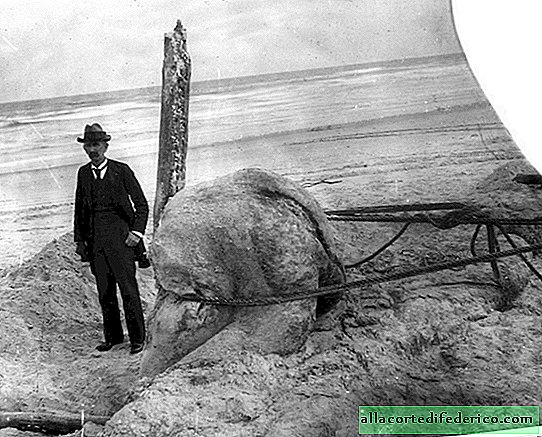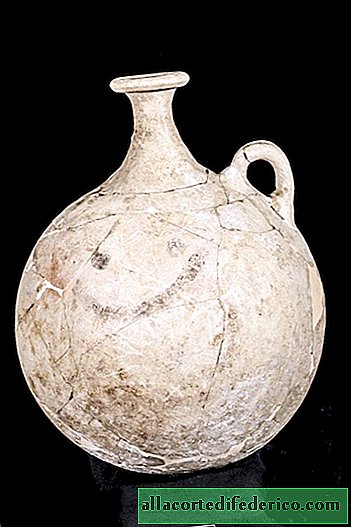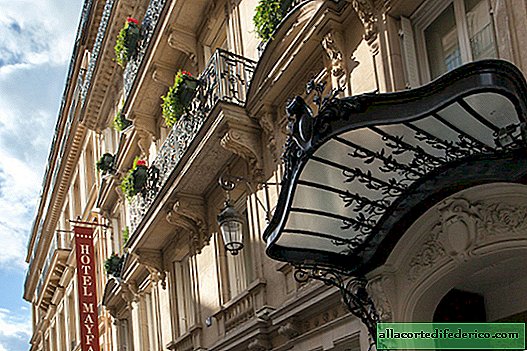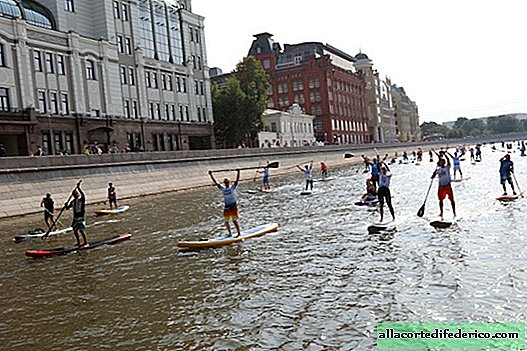The Stone Age Bible: Petroglyphs of Karelia
Want to learn more about how people lived in the Stone Age, about their customs, beliefs? The masterpieces of ancient people, created on stone, or petroglyphs, can be found in many places around the world: in Africa, Asia, Europe, America. However, you can touch a thousand-year history without leaving Russia. In Karelia, there are cave paintings, which are considered one of the oldest in Northern Europe. And one of the most mysterious in the world.
What are petroglyphs
Petroglyphs are ancient rock paintings carved on it or applied with paint. The most ancient drawings depict animals, birds, objects of inanimate nature (sun, moon, etc.). A little later, people began to draw themselves, scenes of how hunting, fishing, rituals were held. The oldest petroglyphs are located in Europe. For example, the age of the world-famous cave painting of the Chauvet cave in France is approximately 30-33 thousand years.
Karelian petroglyphs are much younger: their age is determined at 5-6 thousand years. However, for researchers and tourists from around the world, they are no less attractive. Why? They reflect a rather short period of creativity of people of the past (only 600-700 years), they are distinguished by an incredibly high degree of preservation, authenticity and integrity, they are also located in the most picturesque places.
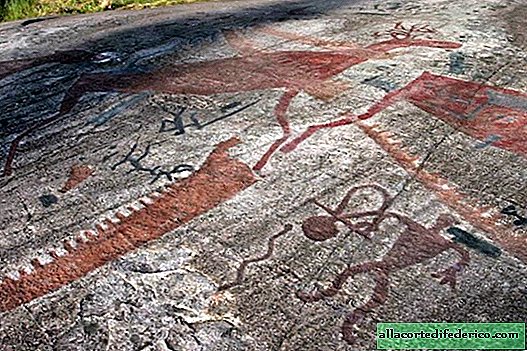
In addition, among the petroglyphs, compositions were found containing many figures (hunting scenes), which have no analogues in the world. In 2010, Karelian images were included in the list of 7 wonders of the world of the Finno-Ugric world, and in 2018 they were included in the preliminary list of UNESCO World Heritage Sites.
"Temple under the open sky"
In Karelia at the moment there are two centers of rock art of monumental art:
- in the southwestern White Sea region;
- on the eastern shore of Lake Onega;
But why are they so unusual?
Rock paintings of Karelia are located in the open air. What is unusual, because the art of ancient people is usually found in caves. And besides, primitive people painted far from the settlements. That is, most likely, the images were ritual in nature: they were visited by ancient residents only on special occasions. Therefore, Karelian petroglyphs are often called the "open-air temple."
 Petroglyph "Dancing Man"
Petroglyph "Dancing Man"Here prevail images of man, in contrast to many peer petroglyphs. For example, the figure of a dancing man is a favorite among tourists. It is believed that if you touch the little man, then success will accompany in all matters.
Here is the oldest image of people skiing in the world! "Belomorsky skier" is the mascot of all skiers.
 Petroglyph "Skiers"
Petroglyph "Skiers"In addition, one can consider images of dancing women, and mysterious solitary figures, and even explicit scenes (Karelian "Kama Sutra"). Such images can be found in the White Sea.
The most popular of the Onega region petroglyphs are located on Besovoy Nosu. Huge, almost three meters high figures of a demon, otter and catfish (or burbot) are carved here.
 Petroglyph "Bes"
Petroglyph "Bes"What meaning is hidden in these images, researchers can not accurately determine until now. But there is an assumption that people of antiquity saw here the entrance to the other world, because it is no coincidence that the figure seemed to be divided by a crevice. And the cross next to the figure of Bes is the work of the monks of the Murom monastery, scientists say. So they tried to "neutralize" evil spirits.
Nevertheless, many secrets have not yet been revealed; the significance of many petroglyphs has not been unraveled. For example, a two-legged creature, with two huge balls instead of a head.
Scientists are still struggling with many riddles: why are the White Sea and Onega petroglyphs so dramatically different in theme? What were they intended for and how were they used? Why did a surge of interest in the image on the rocks in this short period? And the search for answers to these questions will probably take more than a decade.






